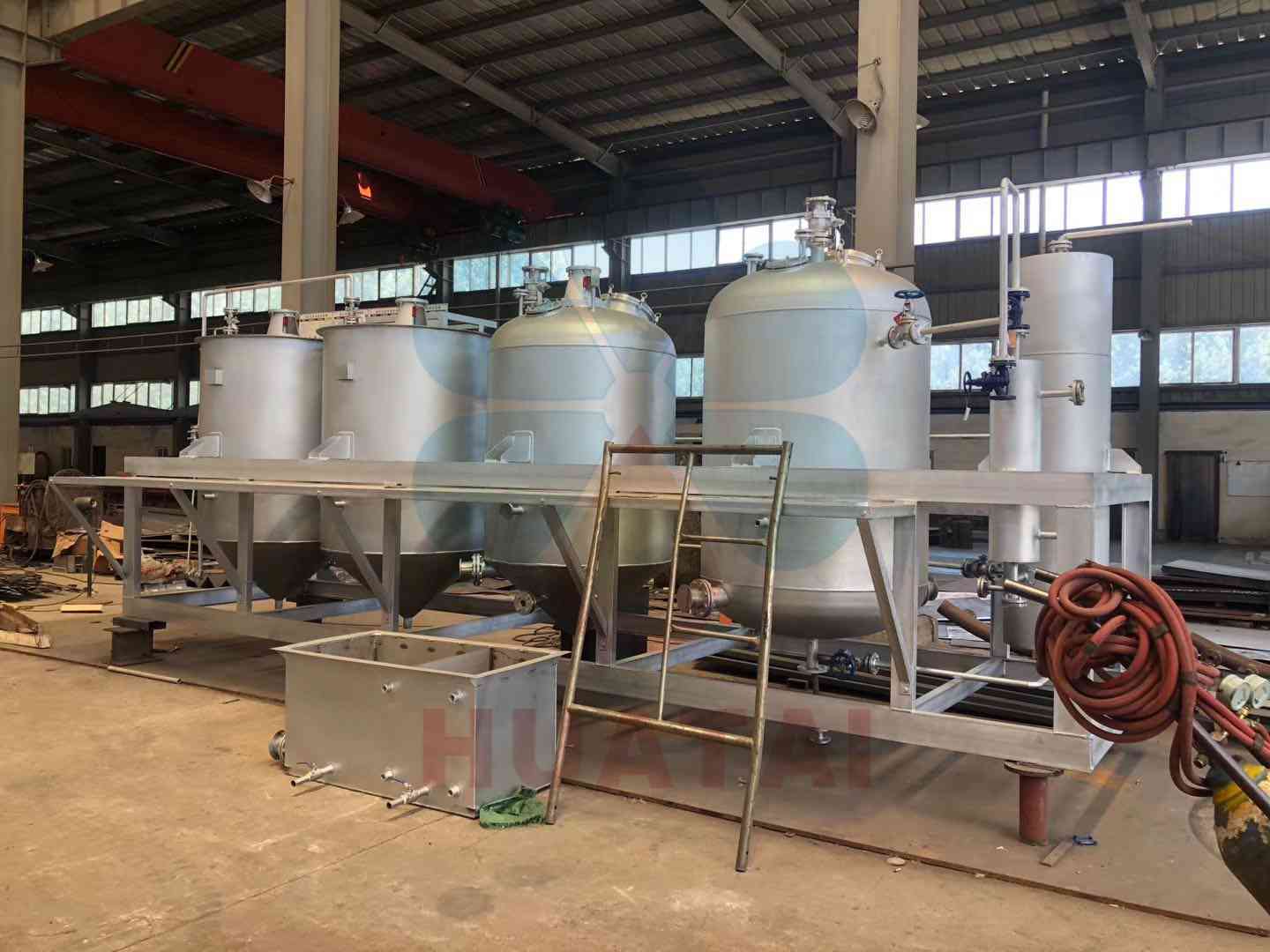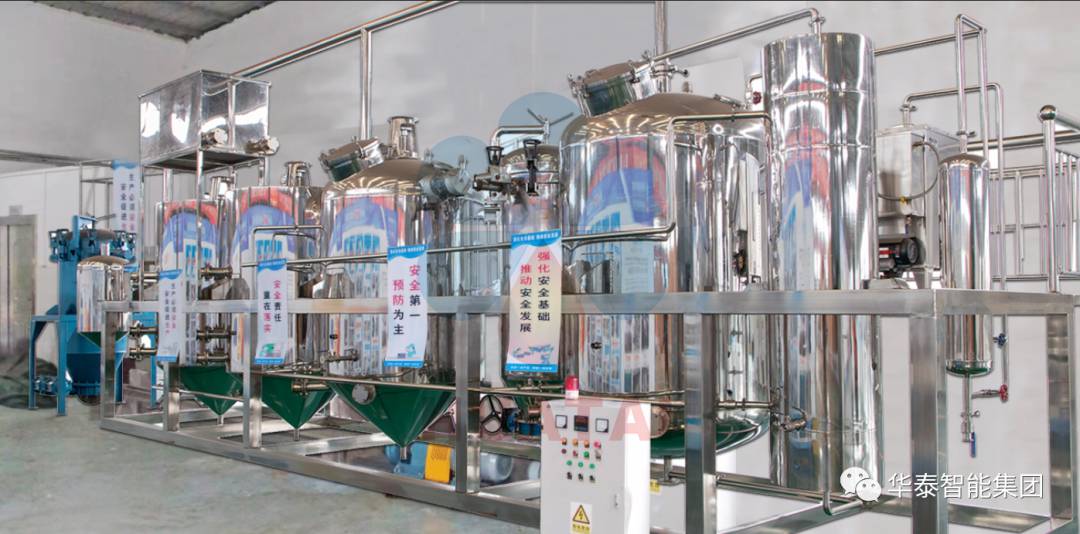Camellia seed oil, rich in unsaturated fatty acids, vitamin E, and other nutrients, is hailed as the "Oriental olive oil" and holds broad market prospects. The primary processing method for camellia seed oil is pressing. However, crude camellia seed oil often appears turbid and dark due to impurities and pigments, affecting its market value and edibility.
This turbidity and dark coloration in crude camellia seed oil stem mainly from raw materials and processing factors. Regarding raw materials, if camellia seeds are stored improperly under damp and high-temperature conditions, they may become moldy. This leads to the oxidation and decomposition of their internal oils, generating pigments, aldehydes, ketones, and other substances that deepen the oil's color. During processing, excessively high pressing temperatures can cause proteins, sugars, and other components in the seeds to undergo the Maillard reaction, producing large black-colored molecules. Simultaneously, traditional pressing methods often inadequately separate impurities such as residual seed shell fragments, colloids, and phospholipids, which remain suspended in the oil, causing turbidity. To prevent these impurities from degrading the oil's quality and value, oil mills employ refining processes to remove them, enhancing both quality and flavor.

The refining of camellia seed oil typically involves several key stages: degumming, deacidification, bleaching, deodorization, and dewaxing.
Degumming is a crucial refining step aimed at removing colloidal impurities like phospholipids, proteins, and mucilaginous substances from crude camellia seed oil. The commonly used method is water degumming, which involves adding an appropriate amount of hot water or dilute phosphoric acid solution to the crude oil. This causes the colloidal impurities to absorb water, swell, and form flocculants, which are then separated via centrifugation or sedimentation. This process improves the oil's clarity and prevents off-flavors and further darkening caused by phospholipid decomposition during subsequent high-temperature refining.
Free fatty acids (FFA) present in crude camellia seed oil affect its stability and flavor. Deacidification reduces FFA content. Alkali refining is the most common method, involving the addition of a sodium hydroxide solution to neutralize FFAs, forming soapstock (soap foots) precipitate, which is then separated. The concentration of alkali, temperature, and stirring speed need adjustment based on the crude oil's acid value. Physical deacidification techniques, like steam distillation deacidification, utilize high temperature and high vacuum conditions to volatilize FFAs. This method doesn't produce soapstock and retains more nutrients, making it particularly suitable for refining high-quality camellia seed oil.
To address the turbidity and dark color of crude camellia seed oil, bleaching improves its appearance. The common adsorption bleaching method uses adsorbents like activated bleaching earth or activated carbon to remove pigments, residual phospholipids, soapstock, and other impurities. Precise control of adsorbent dosage, bleaching temperature, and time is essential during this process.
Crude camellia seed oil contains volatile compounds such as aldehydes, ketones, and FFAs, which produce unpleasant odors. Deodorization removes these off-flavor components, improving the oil's taste. Deodorization typically employs steam distillation under high temperature and high vacuum conditions. Direct steam is injected, carrying away the volatile substances. This process not only eliminates undesirable odors but also preserves the oil's characteristic light fragrance while further enhancing its stability and shelf life.

Camellia seed oil contains a small amount of waxes which can precipitate at low temperatures, affecting clarity and mouthfeel. Dewaxing solves this problem. The common method is winterization (low-temperature crystallization and filtration). The oil is cooled to 10°C-15°C, causing the waxes to crystallize. These crystals are then removed via filtration or centrifugation.
The turbidity and dark color of crude camellia seed oil are key issues affecting its quality. The five core refining processes – degumming, deacidification, bleaching, deodorization, and dewaxing – systematically address this challenge. These complementary processes not only enhance the oil's appearance, reduce impurities and harmful substances, but also improve its flavor, quality, and stability. This enables camellia seed oil to meet market demands for high-quality edible oils and supports.
Huatai Oil Machinery provides good quality oil mill plant, time & fast delivery, perfect after-sale services, and reasonable price, contact us!
Website: https://www.huataioilmachine.com/Copyright @ Henan Huatai Cereals And Oils Machinery Co.,Ltd.